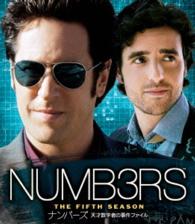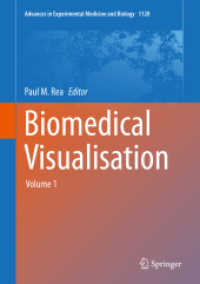- ホーム
- > 洋書
- > ドイツ書
- > Humanities, Arts & Music
- > Linguistics
- > general surveys & lexicons
Full Description
This book provides comprehensive coverage of the Korean alphabet, Hangul, and includes a synthesis of research findings relating to reading in the non-Roman alphabet.
-

- 文具・雑貨・特選品
- 【10本セット】ステッドラー 925-…







